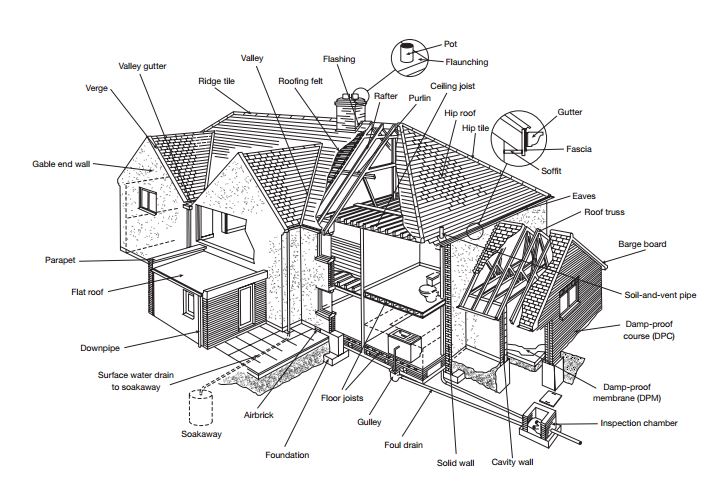Example Building Surveys
So you understand what you would receive at the end of one of our building surveys we've put together an example building survey document for you to view.
These document break down all the segments covered in your building survey and shows an example of how we thoroughly display the information and break down any potential defects or issues that may be hidden in your property.
Learn About Building Surveys
We not only want to perform the most comprehensive surveys we can but we'd also love to help you truly understand the terminology around building surveys.
Please find below our glossary of property terms and a useful diagram of all the property locations covered in a survey aimed to help you understand everything in regards to your property survey and potential property purchase.
Property Diagram
A Level 3 building survey covers all the areas in this diagram and will give feedback on any findings in a clear and thorough manner.

Credit: RICS





